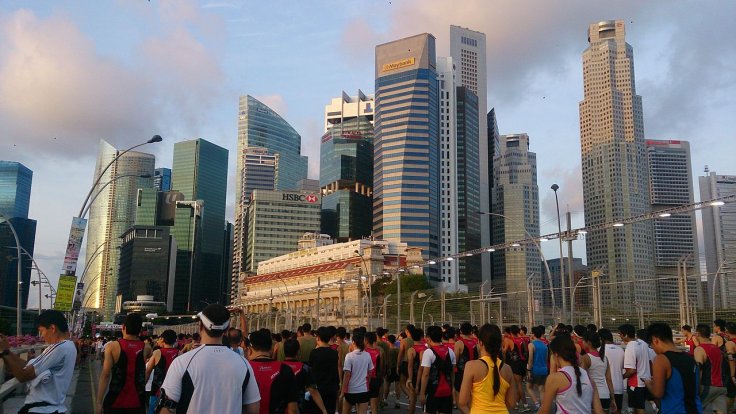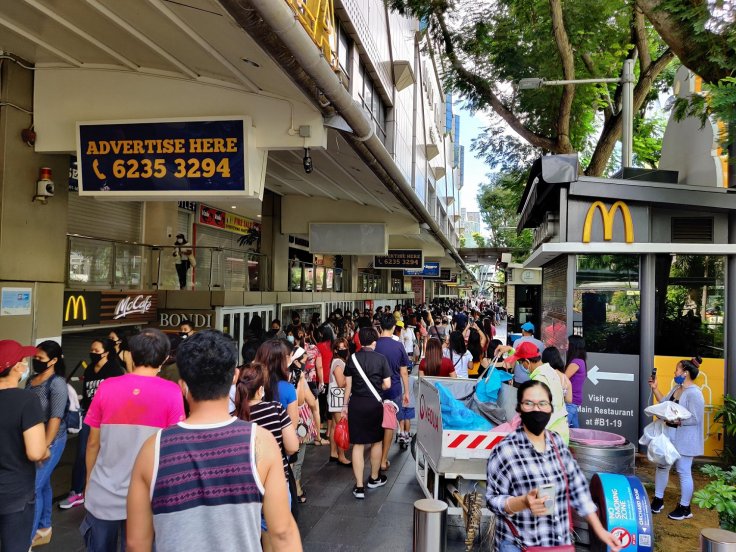Singapore's youth are in deep crisis, with the country's unemployment level reaching 3.4 percent in August. According to data released by the government, this is the highest level of unemployment witnessed in the country since the middle of 2004, as businesses remain shuttered and employees continue to get laid off due to the coronavirus pandemic.
Singapore used to release jobless data on a quarterly basis. However since September, it started releasing jobless data on a monthly basis. Quarterly jobless numbers hit a decade high in the second quarter of this year, while the provisional third-quarter data is due later this month.
Crisis Looms Large

The latest data from the Ministry of Manpower (MOM) released on Wednesday showed that unemployment rate in August increased another 0.4 percent from July, further worsening the situation as most companies are going for massive layoffs. The citizen unemployment rate jumped to 4.6 percent in August, up 0.3 percent from July. However, it's still lower than the 4.9 percent recorded in September 2009.
The MOM said that it decided to come up with jobless data on a monthly basis in order to gauge the situation. Besides, the resident unemployment rate, which is a gauge of the joblessness among citizens and permanent residents, soared to 4.5 per cent in August from 4.1 per cent in July, but remained lower than the 4.9 percent recorded in September 2009.
The ministry also mentioned in a press release that it is quite worried about the growing number of unemployed citizens in the country. "We observe that while monthly unemployment rates have so far generally remained lower than past recessionary highs, it has been gradually rising," the ministry said in a press release.
Government Still Hopeful

The coronavirus pandemic has badly hit Singapore's economy, which contracted in the second quarter primarily because of the partial lockdown measures, which the government called the "circuit breaker" that was implemented to contain the spread of the virus. This saw the government temporarily shutting down workplaces and closing schools, resulting in massive job losses.
Moreover, Singapore's economy largely depends on aviation and tourism along with exports, which have been heavily impacted due to a ban on travel especially in March and April when most countries has imposed a lockdown following the coronavirus outbreak.
Deputy Prime Minister Heng Swee Keat, who was accompanying Minister for Manpower Josephine Teo, on a visit to construction company Samwoh Group on Wednesday, said it has not been an easy journey for people who have lost their jobs. "I'm glad to see that spirit of resilience where they keep trying. And there's a lot of companies that are also doing well that are looking at how they can grow," he said.
The MOM also added that the government's economic support measures will help in offsetting some of the rise in resident unemployment rate by about 1.7 percent this year. The Monetary Authority of Singapore (MAS) estimates that the combined Budgets will prevent Singapore's economy from contracting by a further 5.6 percent of GDP in 2020, and 4.8 percent in 2021, the MOM said in its report.








